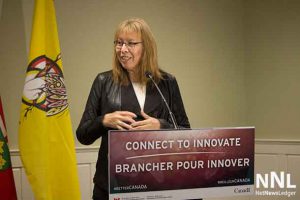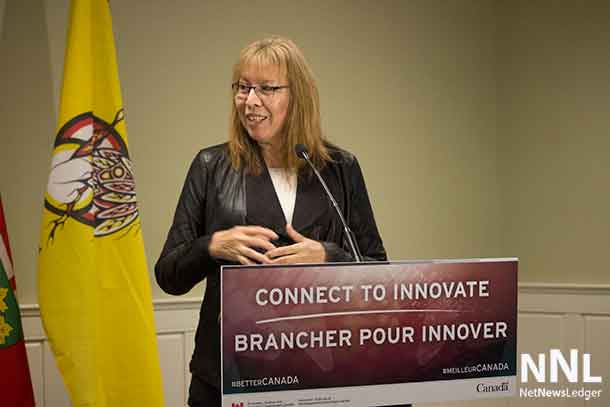EABAMETOONG FIRST NATION – “The Keezhik and Miminiska Lakes areas are very special and important cultural areas for a large number of our members… As EFN, we recognize these family groups as being the stewards of these lands because they live there or spend seasons out on the land exercising their rights. They have always been part of that land. As we have heard throughout community meetings on this issue, there are burial grounds, birthplaces, cabins used by our families, sensitive spawning areas, and rich hunting grounds throughout the area staked by Landore,” states Eabametoong First Nation Chief Elizabeth Atlookan.
The uncertain future of a pristine area of Northern Ontario will be argued before three judges in Toronto on February 7-8th. Despite concerns raised by community members about impacts to the environment and Aboriginal and Treaty rights, in March 2016 Ontario’s Ministry of Northern Development and Mines issued mineral exploration permits to Landore Resources Inc. to drill for gold throughout a culturally and environmentally sensitive area.

Keezhik and Miminiska Lakes and the surrounding lands and rivers are home to many families of the Eabametoong First Nation (EFN). Located roughly 360km north of Thunder Bay, EFN is an Ojibway community rich in culture and natural resources. Of the 1500 residents in the community, the majority harvest fish, moose, and other country food as a vital part of their diet and meaningful practice of traditional culture within ancestral homelands.
This region is also rich in mineral resources, being close in proximity to the ‘Ring of Fire’ and located along similar geological features as the Musselwhite Goldmine. Eabametoong faces tremendous pressure from industry seeking to explore for minerals as well as establishing major access roads across its territory to the Ring of Fire. The variety of private and provincial interests at play have overshadowed earlier commitments from Ministers and Premier Wynne to work together with EFN in partnership.
Due to the natural and cultural value of these homelands, “more than half of the areas proposed for exploration by Landore are identified as protected areas in the land use plan we are jointly developing with Ontario,” said Andy Yesno, EFN’s Senior Advisor. Over a decade of community-based work has gone into identifying sites and regions to protect from future development, as well as considering other areas that may be safe for exploration under appropriate conditions with community consent.
Even though EFN had established a positive working relationship with Ontario’s MNDM and MNRF to plan for appropriate management of the land and avoid potential resource conflicts, the pressure from industry for development proved too great, and MNDM issued permits while consultation processes had not yet concluded. Landore pushed for private meetings with MNDM staff to have the permits approved while they were in discussions to sell the staked properties to Barrick Gold… all while EFN was seeking more information on where Landore was proposing to drill and understand their intentions.
Landore Resources’ CEO Bill Humphries has also made and broken verbal commitments to the leadership and members of EFN. After twice indicating that his company would not push forward with any drilling against the wishes of EFN, he then notified the Chief and Council via letter in October 2016 that Landore would advance the project.
Reflecting on the challenge of working with Landore, Chief Atlookan said, “We did our best to engage with them, and in good faith, we put precious time and money into a process of engagement… I felt shocked and betrayed when Landore abandoned their commitment to have another meeting to come to an understanding on where and how it could conduct exploration activities in our territory.”
Faced with a government consultation process that was cut short while substantive issues were being discussed, and an unpredictable exploration firm, EFN has been forced to pursue a Judicial Review of the MNDM exploration permit at great expense to the community.
Frustrated by the lack of response to EFN’s appeals to Minister Gravelle and senior officials within MNDM, Chief Atlookan noted “We clearly communicated to them that a second community meeting with Landore was critical to a proper consultation process. It appears to me that these officials disregarded that request.”
This case is not simply about the consultation process and EFN Aboriginal and Treaty Rights at risk from Ontario’s issuance of the permit to Landore. More fundamentally, it illustrates the unpleasant limits of Ontario’s supposed ‘New Relationship’ with First Nations that are seeking to peacefully and lawfully practice their Aboriginal and Treaty Rights within their homelands.
Show your support for Eabametoong First Nation, and attend Feb 7-8 – 10 am EST, EFN Court Hearing – Room 3 – Ontario Superior Court of Justice, 361 University Avenue, Toronto.


